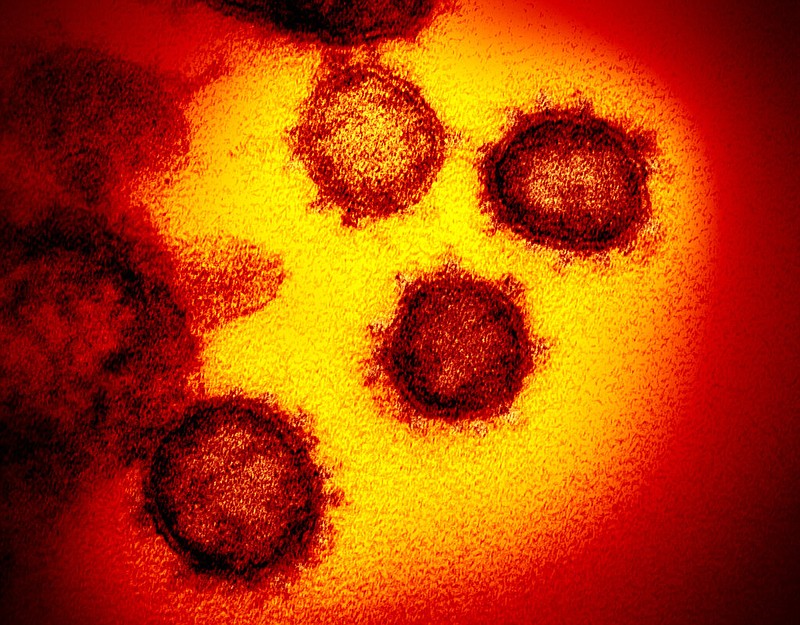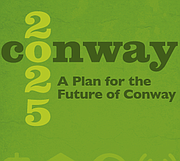This article is free to all readers because it includes information important to public safety and health in our community.
The coronavirus is growing exponentially in Missouri, and current mitigation efforts are inadequate, the latest White House Coronavirus Task Force report says.
The report, which was dated Nov. 15 and shared with the News Tribune by Gov. Mike Parson's office, shows 97 percent of all counties in the state have red zone-high levels of transmission of the coronavirus.
The task force's top recommendation states: "There is now aggressive, unrelenting, expanding broad community spread across the country, reaching most counties, without evidence of improvement but rather, further deterioration. Current mitigation efforts are inadequate and must be increased to flatten the curve to sustain the health system for both COVID and non-COVID emergencies."
"The spread in Missouri is exponential and unyielding with hospitalizations increasing week over week. Increases from the past two weeks correlate with Halloween and related activities. With Thanksgiving and upcoming holidays, Missourians must understand the COVID-19 situation statewide," the report continues.
In the Aug. 2 task force report published by the Center for Public Integrity, there had been a total of 13 red zone counties and four red zone metro areas in Missouri.
By the end of September, that number had grown to 48 counties and 12 metro areas in the red zone, including Jefferson City, Cole County and much of Mid-Missouri.
That number has since grown to include 111 counties and 26 metro areas - a leap of 29 percent in just the past three weeks in terms of the share of counties in the red zone.
Of the state's three remaining counties not in the red zone, Audrain County was listed in an orange zone and Mercer County in yellow; only Douglas County in the south-central part of the state was not listed at all.
Red zone status indicates high levels of new cases per 100,000 residents and high lab test positivity rates.
The local death toll has continued to grow, especially in long-term care facilities. Several more residents have died at local StoneBridge Senior Living facilities, and outbreaks last week at Heisinger Bluffs facilities killed four residents, infected 22 more, and 18 employees tested positive.
The task force reported Missouri's new case rate jumped 41 percent in the past week, and the state's death rate increased 11 percent. New admissions to hospitals grew by more than 30 percent, "with most of these among people over 40 years (of age) but across all age groups."
The report recommends: "Serious messaging and action are needed from the state leadership; recommending Missourians wear masks in public settings communicates the current risk level."
Parson and other officials have repeatedly included wearing masks in their pleas for Missourians to take precautions - also including social distancing and hand hygiene - but the Missouri Hospital Association this week urged Parson to issue a statewide mask mandate to protect hospitals struggling to keep up with patients: "The wolf is at the door."
The White House task force recommends "mitigation and messaging needs to be further strengthened as other states have done. Effective practices to decrease transmission in public spaces include limiting restaurant indoor capacity to less than 25 percent and limiting bar hours until cases and test positivity decrease to the yellow zone."
The report also calls for proactive testing of people who don't have any symptoms, as well as those who do: "Start testing to identify and isolate asymptomatic silent spreaders - those who have the virus, feel fine and are unknowingly spreading it. Incentivize people under 40 years (old) to get tested."
For schools, it's recommended to "conduct active testing in school for teachers and students where cases are increasing. In accordance with CDC guidelines, masks must be worn by students and teachers in K-12 schools. Consider pausing extracurricular school activities, even though athletics are not transmission risks, as the surrounding activities are where transmission is occurring."
The task force also recommends counties' testing and contact tracing capacities be monitored "to ensure rapid turnaround of test results (within 48 hours) and that all cases are immediately isolated and full contact tracing is conducted (within 72 hours of testing)."
Cole County health officials last week began asking anyone tested in the county to do their own contact tracing.
The state's online COVID-19 data dashboard showed Tuesday that Cole County had the fourth-highest new case rate in the state in the past week and the third-highest case rate to date.
The White House task force report lists 48 states and the District of Columbia in the red zone for the rate of new cases, led by the Dakotas, Iowa, Wyoming, Wisconsin, Nebraska, Illinois, Minnesota, Kansas and Montana. Missouri was 17th.
Missouri ranked seventh nationally for its test positive rate. Twenty-eight states had red zone-high positivity rates, with Montana, Idaho, Iowa, Nebraska, Kansas and South Dakota listed above Missouri.
Missouri ranked 14th for its death rate, with 27 other states in the red zone - led by the Dakotas, Montana, Wisconsin and New Mexico.


